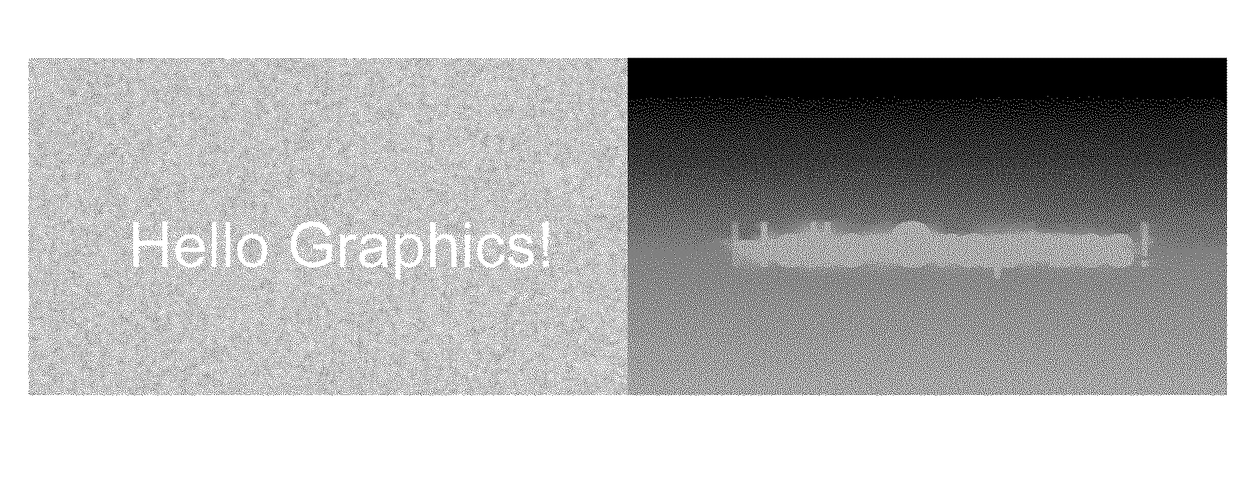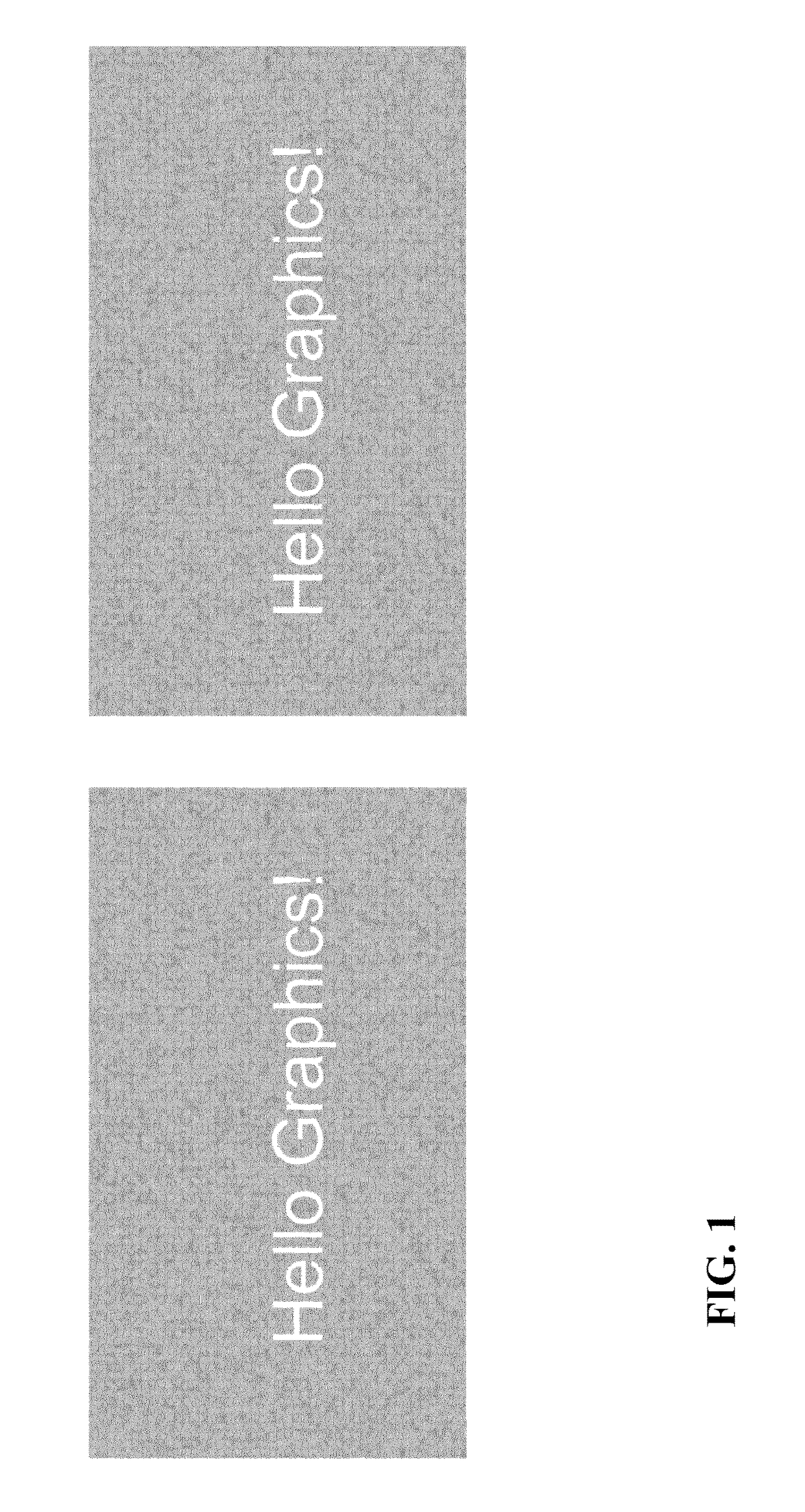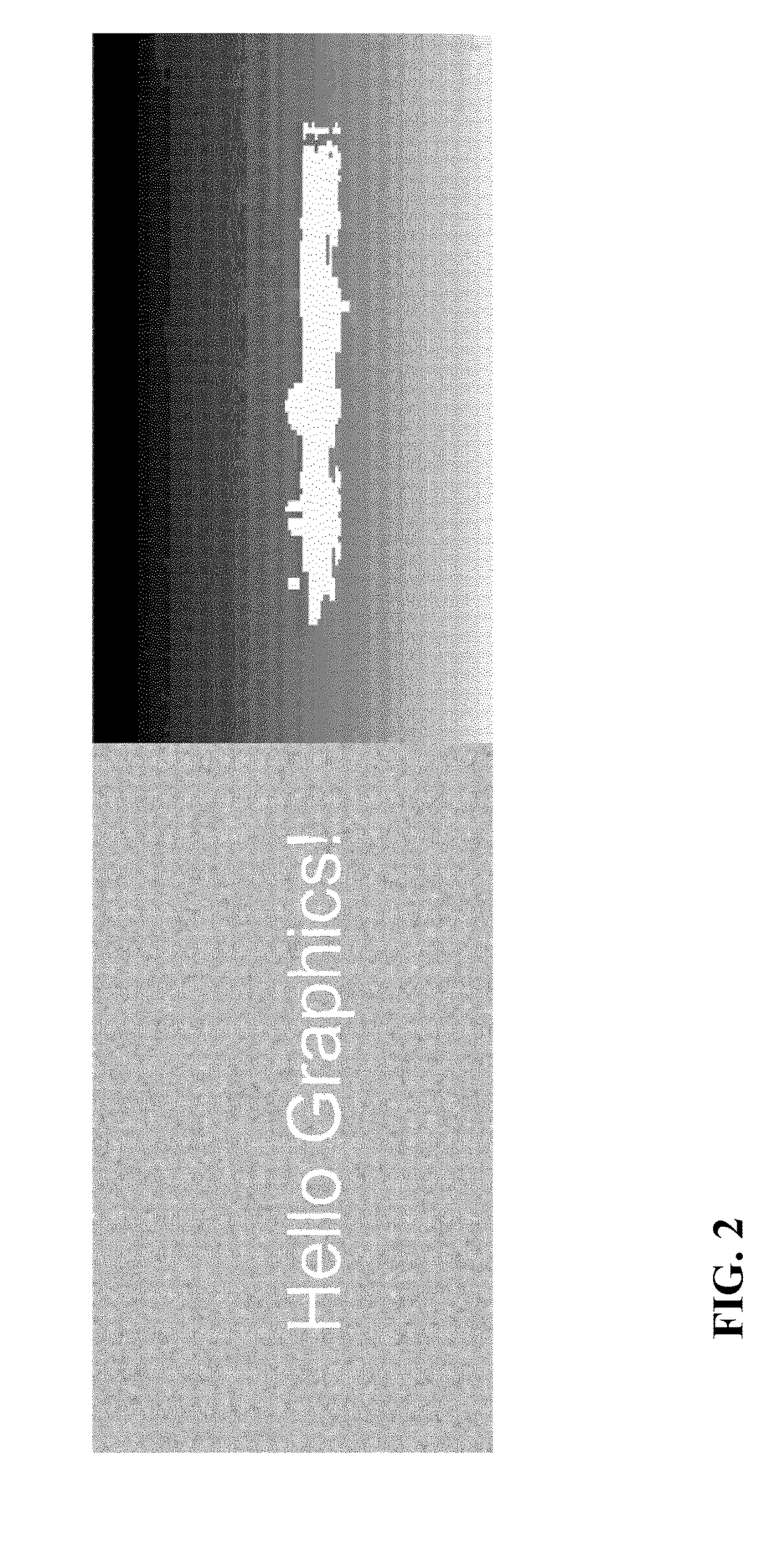Processing a disparity of a three dimensional image
a three-dimensional image and disparity processing technology, applied in the field of disparity processing, can solve the problems of increasing data, inability to provide ideal performance, and inability to achieve the effect of reducing disparity artefacts
- Summary
- Abstract
- Description
- Claims
- Application Information
AI Technical Summary
Benefits of technology
Problems solved by technology
Method used
Image
Examples
Embodiment Construction
[0067]The following description will focus on embodiments wherein an input three dimensional image is processed based on an estimation of whether the image comprises overlay graphics or not. However, it will be appreciated that the invention is not limited to such an embodiment or application but may be applicable to many different applications and images.
[0068]FIG. 4 illustrates an apparatus for processing a three dimensional (3D) image.
[0069]The apparatus comprises a receiver 401 which is arranged to receive a 3D image. The 3D image is made up of pixels and each of these pixels is associated with an image value indicative of the visual light radiating from the object seen at that position and a disparity value indicative of the depth of the object in the scene.
[0070]The receiver may for example be a network interface, a media reader, an optical disc reader, a television receiver etc. or indeed may be implemented as any suitable hardware capable of receiving image data from a suita...
PUM
 Login to View More
Login to View More Abstract
Description
Claims
Application Information
 Login to View More
Login to View More - R&D
- Intellectual Property
- Life Sciences
- Materials
- Tech Scout
- Unparalleled Data Quality
- Higher Quality Content
- 60% Fewer Hallucinations
Browse by: Latest US Patents, China's latest patents, Technical Efficacy Thesaurus, Application Domain, Technology Topic, Popular Technical Reports.
© 2025 PatSnap. All rights reserved.Legal|Privacy policy|Modern Slavery Act Transparency Statement|Sitemap|About US| Contact US: help@patsnap.com



